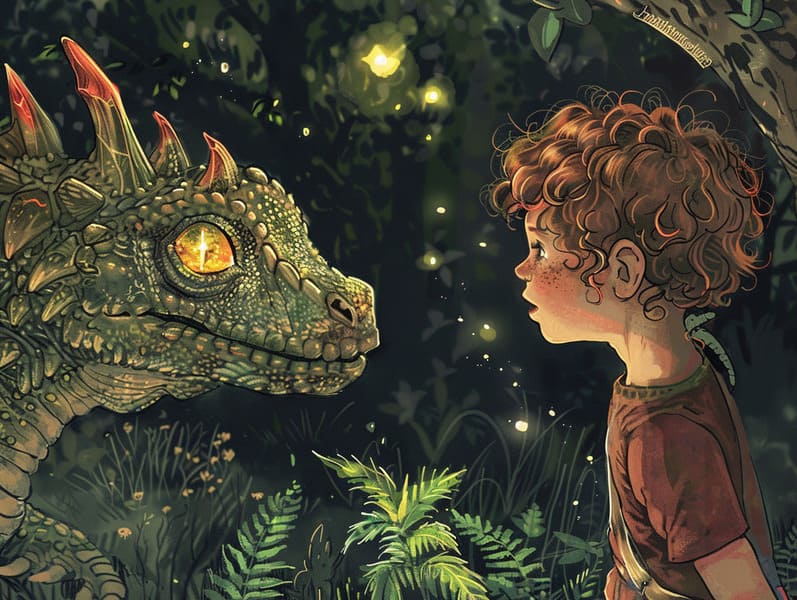The Start of Bedtime Fairy Tales with the Perpetual Splendor.
The Start of Bedtime Fairy Tales with the Perpetual Splendor.
Blog Article

Grimm's fairy tales have deep roots. These stories have been shared from one generation to the next far before they were ever inscribed. They originated from a variety of backgrounds, including African traditions. They were initially narrated among adults, often carrying themes and messages relevant to the societal norms and beliefs of the time.
Jacob and Wilhelm Grimm, Jacob and Wilhelm (the Grimm brothers), were among the first to collect and release many of these beloved tales. Their anthology, "Grimm's Children's Stories," included classics like "The Little Glass Slipper," "Hansel and Grethel," and "Snow-White and Rose-Red," which have since become hallmarks in the world of beloved fairy tales. Similarly, the Danish author's whimsical tales, such as "The Sea Maid," and "The Little Duckling," have floated into hearts worldwide, establishing their place in the pantheon of treasured fairy tales.
Even though they are old, classic fairy tales remain as meaningful as ever, especially as nighttime stories for kids. These whimsical stories are now available in diverse formats, including vividly illustrated books, delightful animations, and web-based fairy tales.
Their lasting appeal can be connected to several magical reasons:
Ethical Lessons: Classic fairy tales often convey important moral lessons. Narratives like "The Tale of the Boy Who Cried Wolf" teach the importance of being truthful, while "The Hare and the Tortoise" highlight the virtues of persistence and unassuming nature. These stories offer the young clear distinctions between moral and immoral, developing their moral compass in a kind yet impactful way.
Kindness and Comprehension: Old fairy tales frequently showcase personalities facing problems and hurdles, fostering children to connect with their struggles and celebrate their triumphs. For instance, "The Story of Beauty and the Beast" highlights the merit of seeing beyond looks to comprehend the real person of a person, strengthening kindness and perception.
Cultural Knowledge: Many old fairy tales are deeply ingrained in the cultural contexts from which they arose. Learning from these narratives can provide captivating looks into different heritages, strengthening a sense of cultural appreciation and awareness.
Fantasy and Imagination: The mythical elements in old fairy tales—talking animals—fire up children’s fantasies. These stories take readers to magical realms, unleashing inventive ideas and a sense of curiosity that endures a lifetime.
Timeless fairy tales are not only entrancing but also pedagogical. They act as delightful tools in cultivating various mental and emotional abilities in young ones. When fairy tales are narrated, they advance linguistic abilities by teaching new phrases and intricate sentence structures. This practice also cultivates hearing perception and mental focus, as young readers remain attentive, eager to see what happens next.
Furthermore, deliberating the themes and characters of classic fairy tales can advance intellectual skills and reasoning skills. Young ones are instructed to identify patterns, foresee events, and get cause and effect. These analyses also promote kids verbalize their thoughts and feelings, cultivating their emotional intelligence.
In today’s digital age, the existence of digital storybooks has made these fairy tales here more available than ever. Online platforms and programs supply large libraries of bedtime fairy tales that can be accessed or heard anytime, anywhere. Fairy tales told out loud are particularly common, giving an immersive method for children to immerse in these magical stories. Sound books and read-out-loud videos lead characters and settings to life, often complemented by spellbinding audio effects and background music that intensify the storytelling experience.
The unending appeal of timeless fairy tales lies in their ability to adapt to contemporary times while holding onto their core values. Contemporary retellings of these fairy tales often highlight more varied protagonists and modern settings, making them meaningful to today’s audience. However, the basic principles of courage, empathy, and integrity remain unchanged, continuing to resonate with young readers of all ages.
Traditional fairy tales also offer a sense of assurance and knowability. They put forth a tidy narrative with a apparent beginning, middle, and end, often concluding with the ending of conflicts and the triumph of virtue over vice. This uniformity can be solacing for kids, giving a sense of reliability in an shifting world.
Timeless fairy tales continue to captivate and inform new generations, maintaining their captivation and applicability in modern society. As children's bedtime stories, they supply a perfect blend of wonder and wisdom, promoting moral values, empathy, and creativity. The proliferation of web-based fairy tales and the favor of fairy tales spoken ensure that these traditional fairy tales remain attainable to new generations.
By perpetuating and communicating these tales, we continue to revere the rich tapestry of cultural legacy and cultural heritage. Whether you are seeing a beautifully illustrated book, experiencing a cyber library, or listening through an read-aloud story, the loveliness of traditional fairy tales is always within reach. These narratives reveal of the unfading effect of fairy tales and its ability to link us across eras and regions.
If you are perusing a artistically illustrated book, discovering a web-based collection, or listening via an read-aloud book, the charm of old fairy tales is always within reach.
These tales illustrate of the invariable nature of fairy tales and its ability to hold us together across generations and cultures, making a tie that enchants and educates alike.